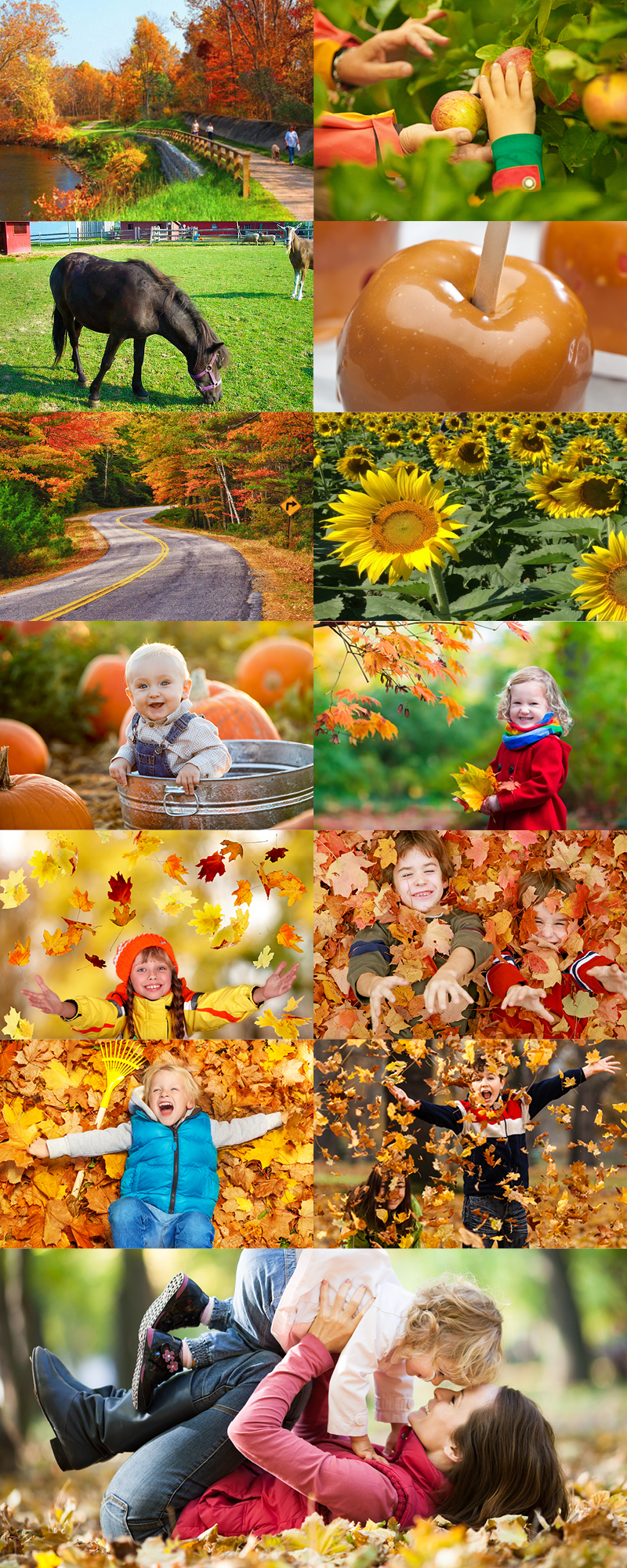I’ll Take It

Indian Summer is called Indian Summer for a reason. Why? Read on. :)))
The past few weeks has been anything but amazing. One day we’re battling frigid mornings and blustery winds, and then a few days later the suns out and we’re (at least me) are trying to figure out how to get that last/best round of golf in. Then when I clear my calendar… the heavens open up and waters the lawn. I’m guessing like you, my favorite days are when the sun comes out, the thermometer spikes and the leaves show their fall brilliance. Jackie and I love the long walks in the Metroparks! I’m so blessed to live on the beautiful North Coast, where we experience every last bit of color the trees have to offer. Indian summer, often referred to as “the last gasp of summer,” is a fascinating meteorological phenomenon that has captured the attention of people around the world. This weather pattern has a rich history and is filled with facts and trivia that highlight its unique characteristics and cultural significance. Here’s some fun info on what’s been called “Indian Summer”. Thanks to Google and Wikipedia and for the info. Enjoy – and be sure to get out and enjoy every last minute of it before the gales of November head our way.
Click here to enjoy great music while reading …
- The term “Indian summer” is believed to have originated in the United States in the late 18th century. It is often attributed to early American settlers who experienced this warm, sunny weather during the autumn months.
- The late 19th-century lexicographer Albert Matthews made an exhaustive search of early American literature in an attempt to discover who coined the expression. The earliest reference he found dated to 1851. He also found the phrase in a letter written in England in 1778, but discounted that as a coincidental use of the phrase. Later research showed that the earliest known reference to Indian summer in its current sense occurs in an essay written in the United States circa 1778 by J. Hector St. John de Crevecoeur, describing the character of autumn and implying the common usage of the expression:
- Great rains at last replenish the springs, the brooks, the swamp and impregnate the earth. Then a severe frost succeeds which prepares it to receive the voluminous coat of snow which is soon to follow; though it is often preceded by a short interval of smoke and mildness, called the Indian Summer. This is in general the invariable rule: winter is not said properly to begin until those few moderate days & the raising of the water has announced it to Man.
- Indian summers can vary in duration and intensity. They typically occur in the fall, usually from late September to mid-November, but the timing can vary from year to year. So far, we’ve had a nice couple of weeks…hopefully it will last.
- Indian summers occur due to a specific set of weather conditions. Typically, a high-pressure system will settle in, leading to clear skies, light winds, and a warming effect. This high pressure inhibits the movement of cooler air, creating the warm, sunny conditions that characterize an Indian summer. These systems are areas of descending air that tend to inhibit cloud formation and precipitation. As a result, they create clear skies and stable weather conditions. The prevailing winds often come from the south or southwest, bringing warm and dry air into the region, contributing to the increase in temperatures. The sun is lower in the sky during the fall, which can lead to cooler temperatures but can also provide above average heat.
- While the tern is most commonly used in North America, similar phenomena occur in other parts of the world. For instance, the British Isles experience a similar phenomenon known as “St. Martin’s Summer,” referencing St. Martin’s Day on November 11th.
- Indian summers have found their way into literature, poetry, and art. Many poets and writers, including William Dean Howells novel about a newspaperman’s love in Italy have drawn inspiration from the unique beauty of this season.
- Indian summers have historical significance. In the early days of the United States, they provided additional time for farmers to complete their harvests, which was vital for ensuring a sufficient food supply during the winter months.
- Various cultures have associated Indian summers with folklore and myths. For example, Native American legends often attribute the warm weather to the breath of the Great Spirit. In other cultures, they are seen as a time of transition and change.
- Despite their charm, Indian summers can pose challenges for meteorologists. Predicting the onset and duration of Indian summers is often difficult, as they depend on the interplay of multiple weather factors. They often coincide with astronomical events. The autumnal equinox, a celestial event marking the beginning of fall, frequently occurs during this period.
- Indian summers are often celebrated for their influence on fall foliage. The warm, sunny days and cool nights during this period can lead to vibrant and long-lasting displays of colorful autumn leaves.
- Interestingly, India itself doesn’t commonly experience an “Indian summer” as it typically enjoys a warm climate throughout the year. However, the term has made its way into Indian English and is sometimes used to describe an unseasonably warm period in certain regions. They have seen some record-breaking temperatures. In 1971, many parts of the United States experienced an exceptionally warm Indian summer, with some areas reaching temperatures in the high 80s and low 90s Fahrenheit in November.
::::::::::::::::::::::::::::::::::::::::::::::::::::::::::::::::::::::::::::::::::::::::::
DO YOU LIKE CONTESTS?
Me, too.
As you may know the Kowalski Heat Treating logo finds its way
into the visuals of my Friday posts.
I. Love. My. Logo.
One week there could be three logos.
The next week there could be 15 logos.
And sometimes the logo is very small or just a partial logo showing.
But there are always logos in some of the pictures.
So, I challenge you, my beloved readers, to count them and send me a
quick email with the total number of logos in the Friday post.
On the following Tuesday I’ll pick a winner from the correct answers
and send that lucky person some great KHT swag.
So, start counting and good luck!
Oh, and the logos at the very top header don’t count.
Got it? Good. :-))))
Have fun!!
::::::::::::::::::::::::::::::::::::::::::::::::::::::::::::::::::::::::::::::::::::::::::


 The pictures follow the text below. Enjoy!!!! :)))))
The pictures follow the text below. Enjoy!!!! :)))))













